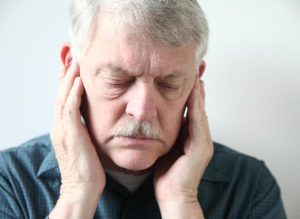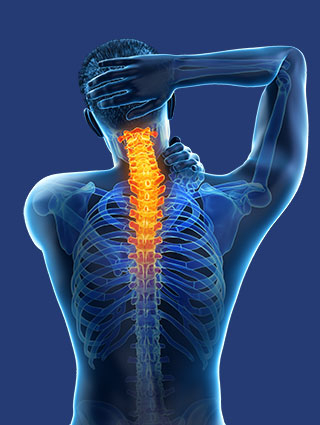 TMD stands for temporomandibular joint disorder and causes pain in the face and jaw. The chiropractic field has been caring for TMD for many years now. Studies have helped to prove this kind of care really works. A study focused on the positive results of using an activator adjustment tool to help with TMD patients. All of the patients showed improvement in their symptoms. General chiropractors often use an activator tool. However, upper cervical chiropractors use a different form of care for their patients. Does it work?
TMD stands for temporomandibular joint disorder and causes pain in the face and jaw. The chiropractic field has been caring for TMD for many years now. Studies have helped to prove this kind of care really works. A study focused on the positive results of using an activator adjustment tool to help with TMD patients. All of the patients showed improvement in their symptoms. General chiropractors often use an activator tool. However, upper cervical chiropractors use a different form of care for their patients. Does it work?
Upper cervical chiropractors focus on the top bones of the neck and ensure that they are in proper alignment. The C1 or atlas bone lies just below the skull near the jawline. If the atlas bone becomes misaligned, it can negatively impact the facial nerves and the jaw, leading to symptoms of TMD -- swelling, pain and a popping or grinding sound when chewing. This is why TMD pain sometimes radiates down the neck and up into the ear. Everything in this area of the face is closely interconnected.
Upper cervical chiropractic care is different from tradition chiropractic in that we do not resort to popping or cracking the neck to get results. Rather, we use a gentle method without force. We take specialized x-rays to help us determine the exact location of your misalignment and then use light pressure or a similar method to help the bones of the neck to realign more naturally. The body more readily accepts this type of realignment, and it puts less stress on the neck and spine overall, resulting in a longer-lasting adjustment.
Once the atlas bone has been repositioned, the body can begin its natural healing process. The jaw and facial muscles can begin to relax, and tension can be released. This is often all that is needed to improve the symptoms of TMD.
To schedule a complimentary consultation call our Redwood City office at 650-595-0500 or you can also click the button below.
If you are outside of the local area, you can find an Upper Cervical Doctor near you at www.uppercervicalawareness.com

